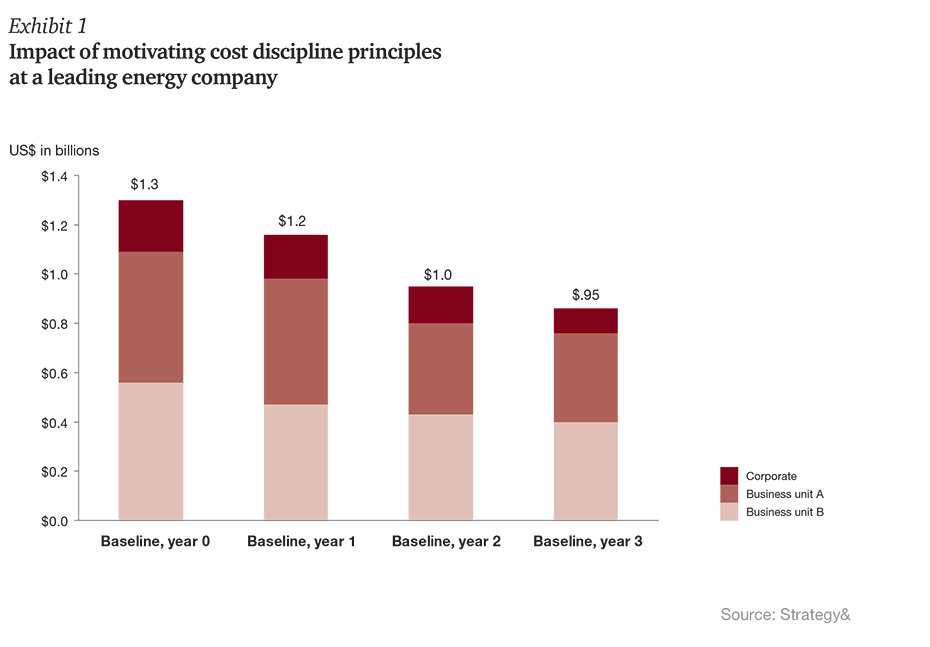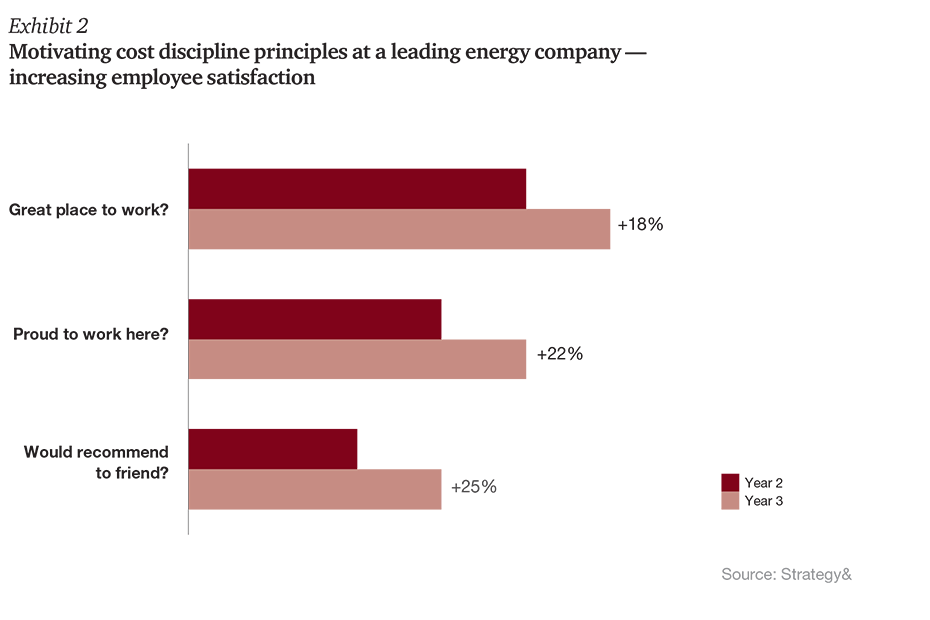How to cut costs — and get your employees to help
Introduction
As companies facing the 2008 current economic downturn launch cost reduction initiatives, the prudent ones will make cuts in a way that works with their company’s culture, rather than against it. Many companies ignore the critical need to secure employee commitment when making cost cuts, which is one of the reasons why only 10% of companies sustain cost reductions after three years. Specifically, it is critical that companies planning cost reduction initiatives obtain the positive emotional commitment of their employees to support decisions and to commit to behavior change that reduces costs. A truly committed workforce can reduce costs more and sustain the reductions longer than a workforce under duress.
Of course, no one is arguing that headcount reductions are intrinsically motivating. Still, some companies have implemented cuts in a way that links the cost reduction to a more motivating objective, fostering employee involvement and commitment. For instance, in 2007, Novartis cut $1.6 billion in costs, including a 10% reduction in headcount at headquarters. In parallel, the company put in place a new strategy to enhance its focus on high-growth brands, including a new business unit structure and improved capabilities in brand agility and field sales. In other words, Novartis’ cost reduction was approached in a way that harnessed employees’ commitment to building a stronger and more nimble company focused on growth. While reducing headcount was not a highly motivating objective, strengthening the company for future growth clearly was.
The task of securing employee commitment to cost reductions is not easy, and it rarely depends on money alone. Rather, it requires paying close attention to a set of principles through an approach we term motivating cost discipline (MCD), which enables fast and sustained cost reduction in a way that involves and motivates employees. There are six principles in the MCD framework.
1. Institute a fair process based on shared values
2. Establish leadership cohesion and commitment
3. Create the emotional as well as the rational business case
4. Enlist the help of frontline motivators
5. Involve the organization in considering costs from four angles
6. Implement organizational solutions that create lasting behavior change
These principles were effectively applied by a leading energy company that significantly reduced its cost base by integrating critical leadership objectives with a positive motivating approach (Exhibit 1).

At the same time, the company saw a twenty percent lift in measures of employee satisfaction and pride (Exhibit 2).

What is it that successful cost-cutting “motivators” do that allows positive feelings to counter-balance negative fears?
Summary
Cost-cutting can be motivated in an emotionally compelling and positive way by trying the effort to a positive outcome for the company and its people. Doing so requires rigorous structuring and execution of efforts that obtain employee buy-in and commitment to necessary decisions and behavior changes. It also requires a credible motivating vision of what the company can become. You may be able to mandate your way to an immediately lower cost structure, but if you motivate people in positive ways that produce emotional as well as rational commitment, you will get more costs out sooner, and the benefits will be more lasting.


